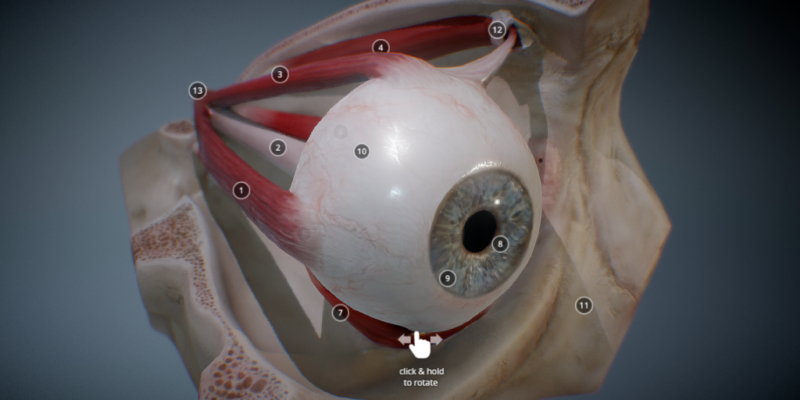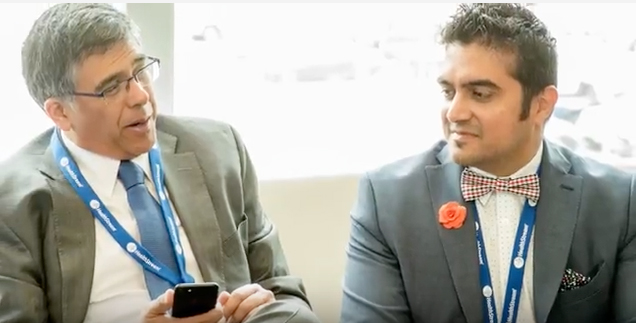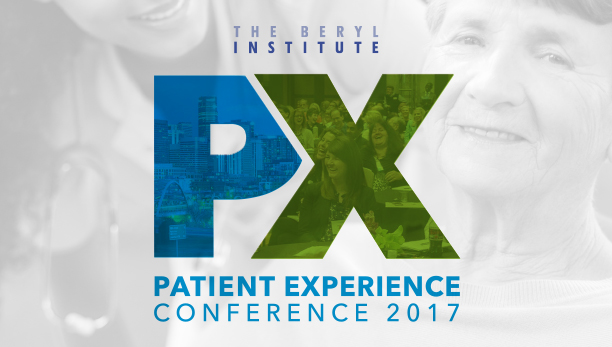The importance of C-Suite’s focus on the Patient Experience (PX) was a central theme of…

Observations from CES 2017
“Why are you going to CES? You aren’t going to
see any healthcare-related solutions”

This is the common thing I heard from colleagues, friends and others when I told them I was going to CES 2017 to check out the latest developments in digital health and wellness.
Amidst the newest electric car tagged the “Tesla Killer” (Faraday Future FF91), LG’s new super thin TV, and many many more smartphones, I was on the hunt for digital health solutions with the most crossover potential. The operative word being “potential”.
As someone who has been in the business of helping build, launch, sell and manage digital health technologies for over 15 years for patients and provider-centric users, I was curious to see have we gotten beyond just having “healthy” people use wearables, trackers, apps etc. etc. and actually see these products being used by people who need it to improve their quality of life. You know, actual patients, caregivers, and those that provide clinical care.
For the healthcare community, we were encouraged to see the partnership announced by FitBit and United Healthcare, Under Armour and Johns Hopkins, and the expansion of the Qualcomm Life and United Healthcare Motion Program. For larger healthcare entities to join forces with consumer-focused companies is an encouraging sign of things to come. You can have a cool product, wearable or app, but people will only use solutions once they have been blessed or told to use it by one of the following: healthcare provider, insurance company, or employer. So basically those with credibility, power or accountability
The following are solutions I found at CES 2017 that have the “potential”.

Intervoke: showcased its photo realistic 3D visuals using scientific accuracy and VR to show a human eye. You can basically dive into a human eye.
Takeaway: The potential to use this for medical school education was clearly evident, but to me, so were the endless possibilities of patient education.
eLutions: showed off its solution focused on continuous, minimally invasive glucose monitor for newborns. Talk about changing the norm! Diabetics know the discomfort of needle pricks, now imagine what newborns and parents must go through.
Takeaway: improved patient and family experience possibilities with measurable quality outcomes.
PillDrill: unveiled its smart medication tracking system that makes the simple yet non-adherence filled task taking your pills everyday. The solution provides reminders when meds need to be taken, tracks them, asks how you are feeling and sends the updates to caregivers and healthcare professionals.
Takeway: And can be used with folks with no smartphones (who does not have a smartphone nowadays?!). The simplicity of the solution could prove to be something assisting living, retirement communities and such could assist in adopting.

Welbean: debuted the world’s first heart performance monitor, which is used by connecting it to your iPhone 5 or newer. The 2016 American Heart Association’s Health Tech Innovation Finalist claims it can help people understand their hearts better, reduce the risk of attacks and proactively identify heart problems. The difference is it focuses on not only heartbeats, but also motility, contractility and stress.
Takeway: The best part, it only requires 20-30 seconds of connectivity not all daywear. The preventative claims could be the real game changer. Assessing other characteristics that sometimes go undetected and are discovered after the fact.
CaptureProof: a smart medical camera app uses advanced technology in the live camera to give instant feedback on quality of photos and videos. Patients can take photos/videos of their health symptoms accompanied by specific provider instructions thru the use of media Rx and share them with their clinical care team.
Takeaway: Photo tracking can be used to measure the progress and allows for virtual consult with providers. Integration of a solution like this could have impact on multitude of health outcomes and metrics.
Quartet: a solution focused on the growing behavioral health market. Providing integration focused platform that is transforming the way mental health is delivered with convenience and access at its core. Performs the difficult task of connecting patients between insurers and physicians so the right care is delivered at the right time.
Takeaway: Now if the solution tackles the patient engagement side of it, watch out!

GreatCall: think of a more advanced version of life alert. Focused on connected health solutions for health and safety for older adults and their caregivers and families with the necessary customer care services to complement.
Takeaway: The possibility of these solutions to integrate with population health and care management platforms could help manage at risk patients as well.
Mymanu: creator of a consumer audio electronic first ever truly wireless earbuds with voice translation in real-time.
Takeaway: Voice translation in 37 languages, and does it in real-time less than 5 seconds. This has tremendous healthcare translation possibilities. According to the founder, they are conducting research with the NHS in UK.
On the kids or pediatrics side, I interacted with
Good Parents (maker of Kiddo): unveiled their health and wellness wearable for young kids. Kiddo tracks key biometrics such as activity and sleep and provides health and wellbeing insights to parents thru the accompanied app in real-time.
Takeaway: the ability to provide intelligent insights and guidance coupled with education could be the real value proposition here.

Sqord: is a wearable for kids and families focused on physical activity and creating healthy habits on a fun and entertaining platform.
Takeaway: We all know the concerns around childhood obesity, are solutions likes these going help address these issues? Healthcare community validation and endorsement will be needed to drive utilization.
Potential creates the opportunity, the healthcare community validates the results.
The interest and active participation of the healthcare community is always going to be the key measuring point for a digital health solution. At BAHA, we are at the intersection of evaluating and facilitating the use digital health solutions for the patient community, their caregivers and the healthcare professionals that help deliver and manage care.


